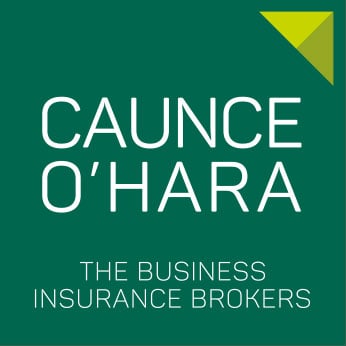Dividends and dividend tax rates for the self-employed: what do I need to know?
Posted on 17th November 2020 by Katherine Ducie
For some self-employed people who work through a limited company, paying themselves through dividends can be a more tax efficient option.
What is a dividend?
- A dividend is the distribution of profits, by a company, to its shareholders.
- Paying dividends can be done by a company of any size.
- A dividend is paid using the money that’s left over after wages, tax and all other business expenses are paid.
- Dividends have to paid to all shareholders.
- Dividends can only be paid if the company has made a profit after tax.
- The dividends paid out cannot exceed the company’s available profits.
- The amount of shares a person owns in a company, usually determines the percentage of shares they are given. For example, if you own 30% of the company’s shares, you should gain 30% of each dividend.
Why do self-employed people use dividends?
For self-employed people operating their business as a limited company, often the most tax efficient way of paying yourself, as a limited company director, is through a combination of salary and dividends.
This would be as an alternative to paying yourself solely through Pay As You Earn (PAYE).
Each year, you can earn some dividend income without paying tax.
Like you receive a personal allowance on your income (the amount of income you can earn each year without paying tax), you also receive a personal allowance on dividends.
This means you can receive £1,000 in dividends, in the tax year 2023 – 2024, tax free.
How do I pay myself dividends?
If you are considering paying yourself through dividends, firstly speak with your accountant.
It’s extremely important for all self-employed people to work with an accountant, to ensure taxation and accounting is completely correct.
On the GOV.UK, HMRC specify that a directors meeting must be held to announce the dividend and meeting minutes must be recorded, even if you are the only director.
For each dividend paid, a dividend voucher needs to created. HMRC guidelines (1) say this must include:
- Date
- Company name
- Names of the shareholders being paid a dividend
- Amount of the dividend
A copy of the voucher should be given to all of those receiving the dividend. A copy should also be retained for company records.
Dividend tax rates
Dividend tax is an income tax that you pay yourself personally, not through your company.
Everyone receives a dividend allowance each year. This means that some of the dividends you receive each year are tax free.
For the tax year 2023 – 2024, the dividend allowance is £1,000.
The amount of tax you pay on dividends over this allowance depends on your Income Tax band.
| Tax band | Tax rate on dividends over the allowance |
| Basic rate | 7.5% |
| Higher rate | 32.5% |
| Additional rate | 39.1% (to be removed after 6 April 2023) |
When calculating your tax band, you need to add up your wage and total dividend pay for the year.
Depending on your overall income (dividends and wage), you could pay tax at more than one rate.
Dividend tax rate example
To put this into context, here is an example from HMRC:
“You get £3,000 in dividends and earn £29,500 in wages in the 2020 to 2021 tax year.
This gives you a total income of £32,500.
You have a Personal Allowance of £12,500. Take this off your total income to leave a taxable income of £20,000.
This is in the basic rate tax band, so you would pay:
- 20% tax on £17,000 of wages
- no tax on £2,000 of dividends, because of the dividend allowance
- 7.5% tax on £1,000 of dividends.” (2)
How should I pay dividend tax?
If you are earning up to £10,000 in dividends, you need to inform HMRC. You can do this by ringing their helpline on 0300 200 3300, asking them to change your tax code or by putting it in your Self-Assessment tax return.
If you are earning over £10,000 in dividends, you will need to fill in a Self-Assessment tax return.
A final note on dividends…
When you are working out your Corporation Tax, remember that dividends do not count as business costs.
For self-employed freelancers and contractors, dividends can be great tax-efficient way of earning money. If you’re unsure of how much to distribute in dividends, it’s best to consult your accountant.
For more information on how you can stay protected with freelance insurance, call our friendly team of experts today on 0333 321 1403, or click to get a quick online quote in minutes!
Click here for a quick online business insurance quote
Related articles:
What are the changes to self-employed tax and how will they affect you?
A guide to freelancer expenses
The best invoicing apps for freelancers
Sources:
(1) https://www.gov.uk/running-a-limited-company/taking-money-out-of-a-limited-company
(2) https://www.gov.uk/tax-on-dividends
https://www.investopedia.com/terms/d/dividend.asp
https://www.crunch.co.uk/knowledge/tax/what-tax-do-i-pay-on-dividends/
Useful Links
Professional Indemnity Insurance
Protects against claims of alleged negligence in your professional services, advice and designs.
Public Liability Insurance
Protects against claims of injury to third-parties or damage to a third-party's property.
Employers' Liability Insurance
A legal requirement for anyone employing staff. Protects your business in-case an employee is injured at work.
